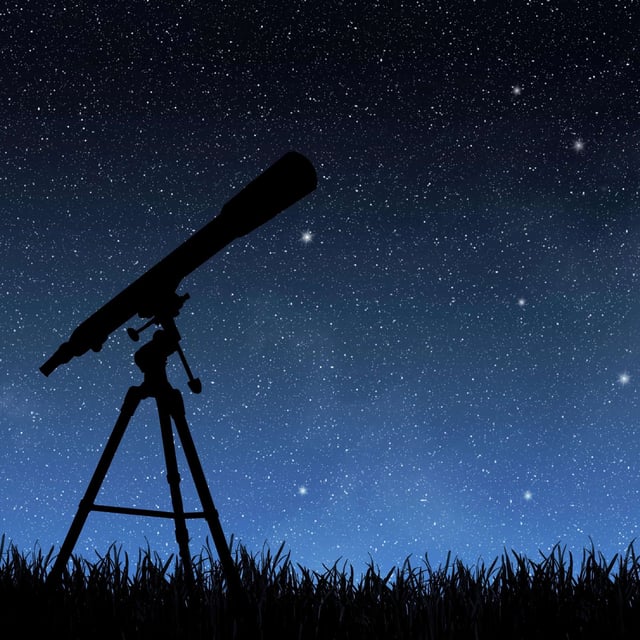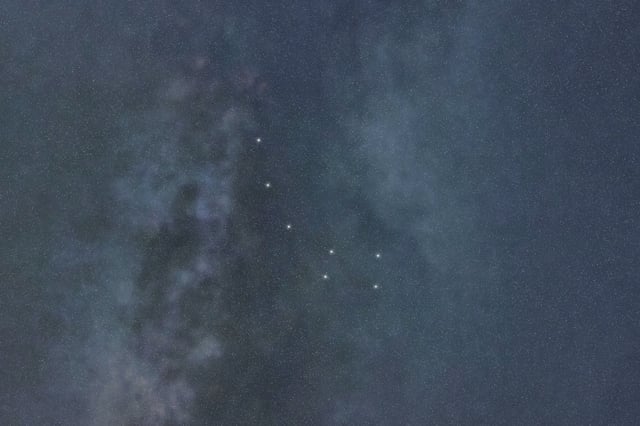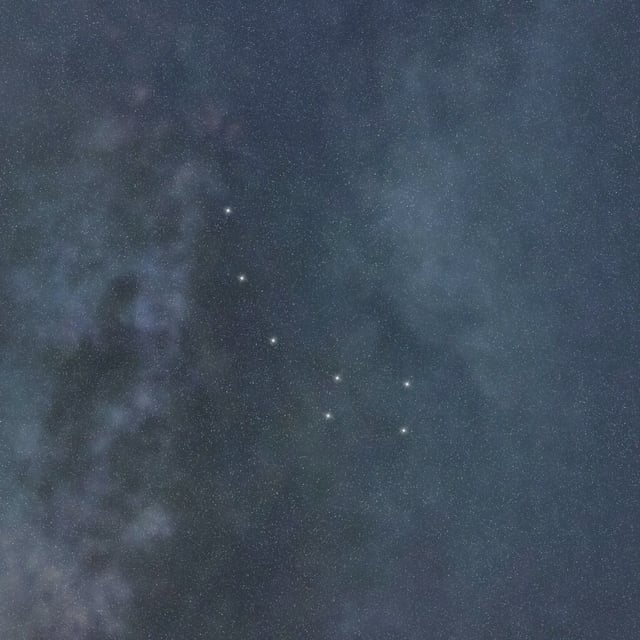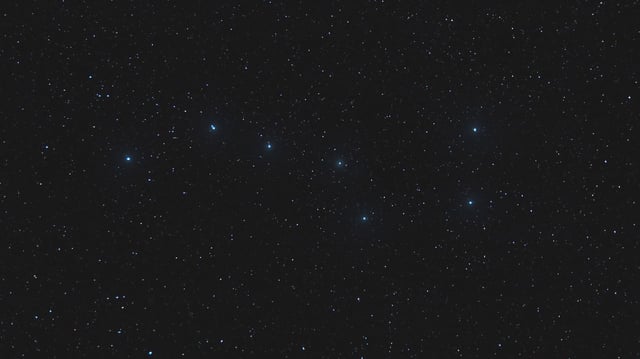Overview
- The spring triangle, formed by Regulus, Arcturus, and Spica, is prominently visible in the southern sky throughout May.
- Deep-sky objects like globular clusters M13 and M3 and the Whirlpool Galaxy (M51) are accessible with binoculars or small telescopes.
- The Eta-Aquariid meteor shower peaks in early May, best viewed before dawn for optimal visibility.
- On May 3–4, a waxing half-moon aligns with Mars and the open cluster M44, offering a striking celestial event.
- Saturn reappears in the morning sky mid-May, with its ring system visible again through small telescopes by month’s end.



